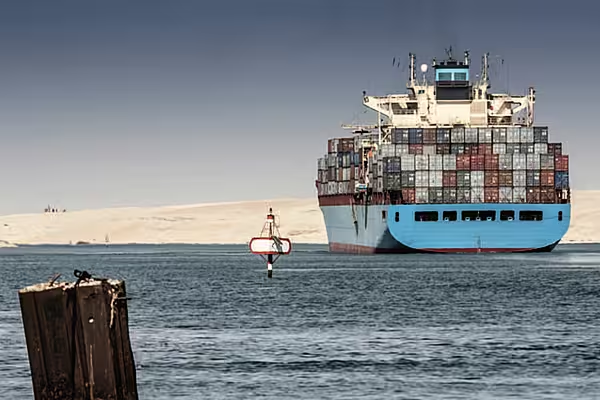In the most recent edition of ESM, we caught up with sustainability leaders across European retail, as part of our 'Sustainability 2024' report, including Mattis Bergquist, Head of Sustainability, Coop Sweden.
ESM: We’re more than a year into a cost-of-living crisis that has hit consumers hard. To what degree have these financial difficulties influenced consumer perceptions about sustainability?
Mattis Bergquist: Coop has sustainability issues as a basis for its operations and work. During the complicated times that prevail right now, it is even more important to persevere.
We are currently internally rolling out a sustainability strategy that extends to 2033, in order to be able to point the direction together and just hold on and persevere. It is anchored internally, from top management down via management groups and out into the organisation.
To be effective, sustainability needs to permeate all aspects of a business’s decision-making and operating structure. How has that been implemented at your business?
There are several contexts in which we work together in the industry. Svensk Dagligvaruhandel works actively with sustainability, and together we agree on how to work. In recent years, that work has taken on a new character, where we solve sustainability challenges together more and more, and not as individual actors. It makes us stronger together.
Another is the Sustainable Food Chain [Hållbar Livsmedelskedja], where the 15 largest actors in the food sector in Sweden are involved and where we have now agreed on a clear direction regarding sustainability work in a joint road map, where our respective CEOs have signed a ‘handshake’, to show that we are working together.
To what degree have you sought to foster collaboration with other businesses, groups, or industry bodies in furthering your sustainability goals?
We have created the Sustainability Declaration [Hållbarhetsdeklarationen], a support mechanism for the consumer to make their own decisions about what they buy. By scanning the bar code on the packaging, you can see the risk picture for that particular product, regarding its impact on sustainable development.
The methodology behind the sustainability declaration rests on a scientific basis and full transparency about how calculations are made and which sources are used.
We’re now just over a year away from the mid-part of the decade. In what areas do you think we will see a ramping up of sustainability efforts over the next year?
We have an important role to show that sustainability goes hand in hand with lower prices, and not the opposite way around. That is the challenge. We have succeeded with many of the products within the Änglamark range, which have a good price position and are more durable.














